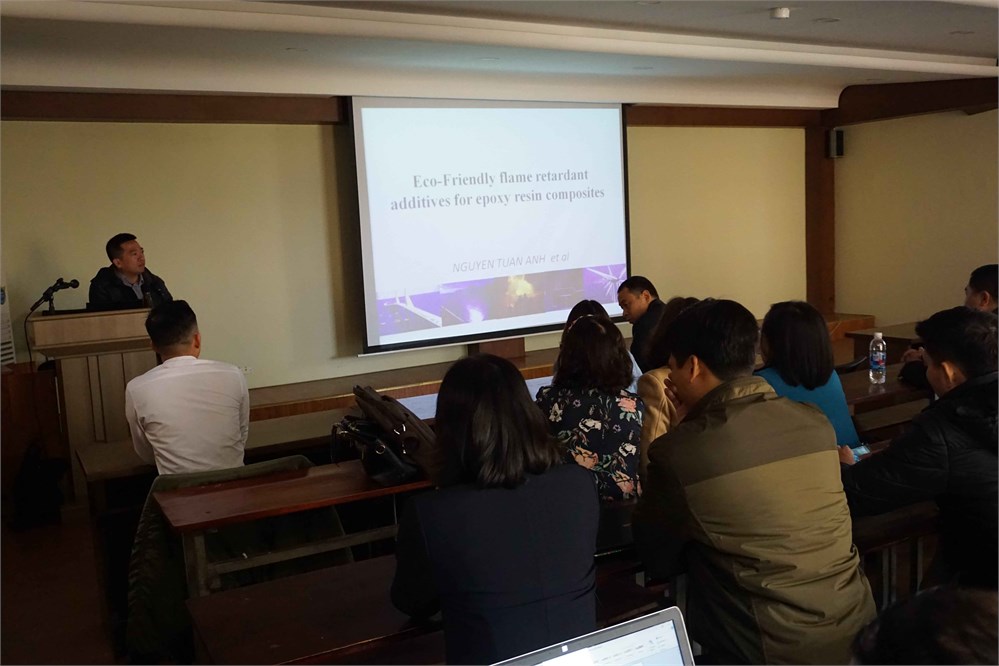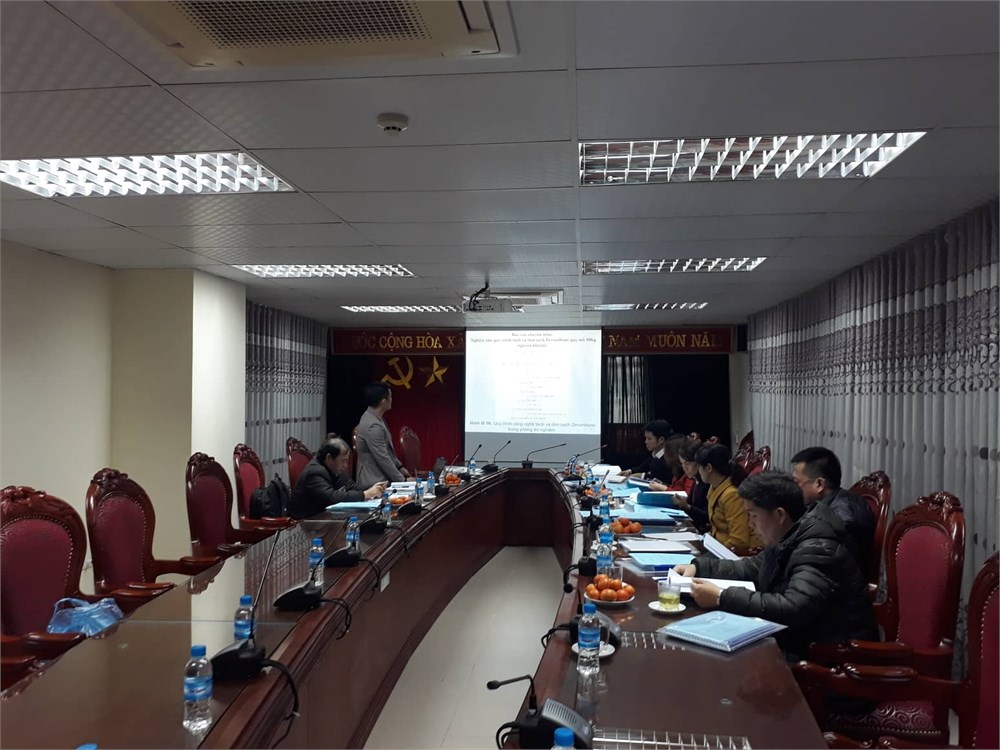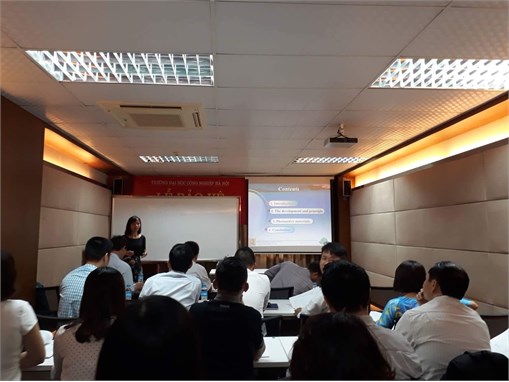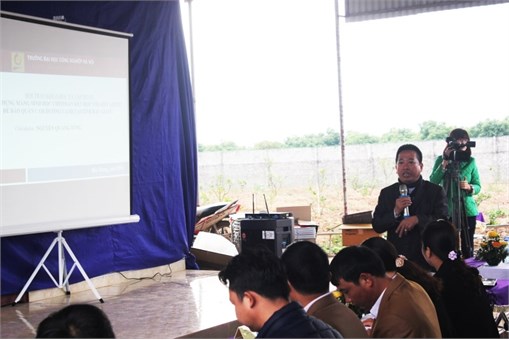Rationally Designed Donor–Acceptor Random Copolymerswith Optimized Complementary Light Absorption forHighly Efficient All-Polymer Solar Cells
Sang Woo Kim, Joonhyeong Choi, Thi Thu Trang Bui, Changyeon Lee, Changsoon Cho,Kwangmin Na, Jihye Jung, Chang Eun Song, Biwu Ma, Jung-Yong Lee, Won Suk Shin,*and Bumjoon J. Kim*
Abstract
Most of the high-performance all-polymer solar cells (all-PSCs) reported todate are based on polymer donor and polymer acceptor pairs with largelyoverlapped light absorption properties, which seriously limits the efficiency ofall-PSCs. This study reports the development of a series of random copolymerdonors possessing complementary light absorption with the naphthalenediimide-based polymer acceptor P(NDI2HD-T2) for highly efficient all-PSCs. Bycontrolling the molar ratio of the electron-rich benzodithiophene (BDTT) andelectron-deficient fluorinated-thienothiophene (TT-F) units, a series of polymer donors with BDTT:TT-F ratios of 1:1 (P1), 3:1 (P2), 5:1 (P3), and 7:1 (P4)are prepared. The synthetic control of polymer composition allows for precisetuning of the light absorption properties of these new polymer donors, enabling optimization of light absorption properties to complement those of theP(NDI2HD-T2) acceptor. Copolymer P1 is found to be the optimal polymerdonor for the fullerene-based solar cells due to its high light absorption,whereas the highest power conversion efficiency of 6.81% is achieved for theall-PSCs with P3, which has the most complementary light absorption withP(NDI2HD-T2).
DOI: 10.1002/adfm.201703070
Toàn văn bài báo: tải về tại đây



